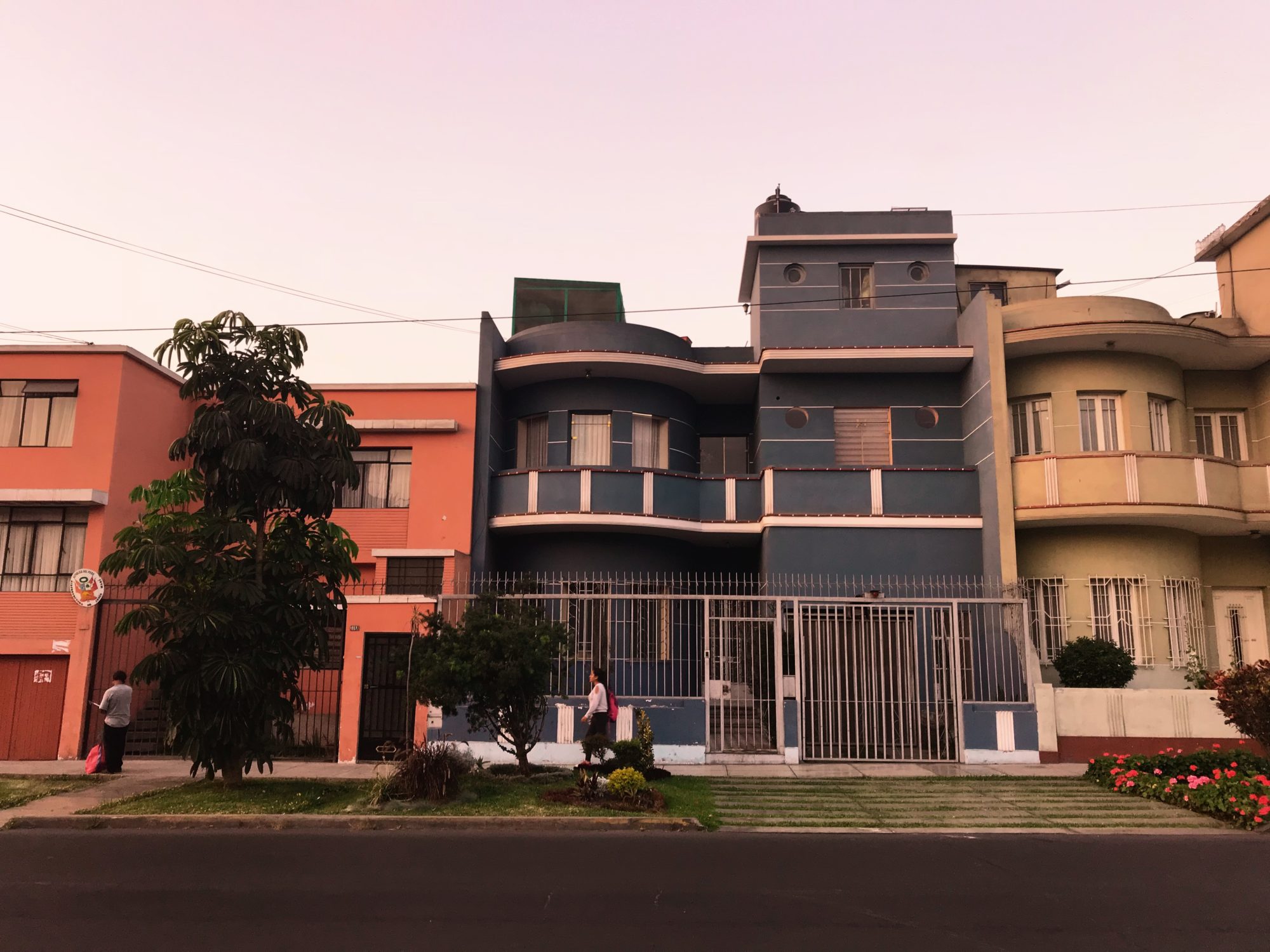Changemaker Catalyst Award recipient and Changemaker Institute Fellow Liv Evans traveled to Peru this past November with Social Innovation Professor Dr. Alessandra Bazzano and co-fellow Piper Serra. She facilitated design thinking workshops to organizations implementing global health projects in the Amazonian regions. Liv is double-majoring in International Development and Public Health with a minor in Spanish.
Ever since I traveled to Guatemala on a service-learning trip the summer between my sophomore and junior years of high school, I have been enamored with the Spanish language, Latin American culture, and ways of making lasting social impact. My travels have taken me from the beaches on the northern shore of the Dominican Republic to the barely-touched depths of the Peruvian Amazon. Going into college, I set out to make my experience as global as possible, choosing to major in international development and public health to do so. When I started working with the Taylor Center as a Changemaker Institute Fellow this year, I knew I wanted to find a way link my interests in social impact and international work within my fellowship.

The opportunity came fast, when the fellows were approached about working with Dr. Alessandra Bazzano from the School of Public Health to facilitate design thinking workshops in Peru for Grupo Red Innova, an organization working to improve the lives of mothers and children in Peru. It was then that my co-fellow, Piper Serra, and I, embarked on the mission to come up with a three-day design experience for the organization’s staff. After long conversations with Christopher Westguard, Red Innova’s representative to us, Piper led the way on creating an agenda full of crash courses, mapping activities, empathy exercises, and design challenges. Meanwhile, I translated each PowerPoint slide and handout into Spanish, noting the particularities of the vocabulary we would need to effectively communicate the most important points. In a way, formulating the workshop was a design challenge in itself.

On the first day of the workshops, we pulled up to a set of gates, mostly unlabeled, where we were greeted by a small woman with a radiating smile. “¡Bienvenidos!” she said, “Welcome!” We soon met up with Dr. Bazzano and Christopher as well as Liz Tracy from the Tulane Health Office for Latin America (HOLA), a Fast48 alum who would help us with the specifics of translation. She and I tag-teamed much of the speaking roles within the workshop. The next three days were filled with huge posters covered with marker drawings on the walls, more post-its than we could count, and pensamiento de diseño, design thinking. The participants said that they loved coming up with multiple ideas for big projects, prototyping to capture feedback, mapping small parts of big systems, and having constructive conversations about interventions. They found the workshop to be practical and challenging. We plan to follow up twice within the next year. Later in our weeklong trip, we ran a quick DT crash course for the HOLA office, too.
 It posed quite the challenge to facilitate design thinking for the first time in a language different than my own. I learned how to communicate better and to embrace the process of DT within my own facilitation. I could not have done it without the guidance of Piper and Dr. Bazzano. I am particularly grateful to have had the opportunity to use my language skills in a manner different than I ever have before and to expand my knowledge of international development in a new context.
It posed quite the challenge to facilitate design thinking for the first time in a language different than my own. I learned how to communicate better and to embrace the process of DT within my own facilitation. I could not have done it without the guidance of Piper and Dr. Bazzano. I am particularly grateful to have had the opportunity to use my language skills in a manner different than I ever have before and to expand my knowledge of international development in a new context.
There is a speech by Dr. Paul Farmer, an infectious disease specialist and founder of the organization Partners in Health, in which he talks about a choice that we each make every day. He uses an analogy from The Matrix, when Morpheus approaches Neo and presents him with two pills: one blue, one red. Morpheus says, “You take the blue pill – the story ends, you wake up in your bed, and you believe whatever you want to believe. You take the red pill – you stay in wonderland, and I show you how deep the rabbit hole goes.” Dr. Farmer argues that we should all choose to take the red pill more often; we should choose to swallow the suffering of the world in order to do something about it. If we are to do what Dr. Farmer suggests, we must do so with diligence. We must take ourselves to a place of such immense empathy that we cannot help but create solutions that work. If my experience taught me anything, it is that taking the red pill is the most necessary preparation for effective design thinking, especially in the line of international work. To be a changemaker, I need to see through the eyes of others and establish processes and interventions that function in context.
Muchas gracias to the Taylor Center for allowing me the opportunity to constantly learn and grow not only in my fellowship, but outside of it as well. It is a great privilege to work here.
